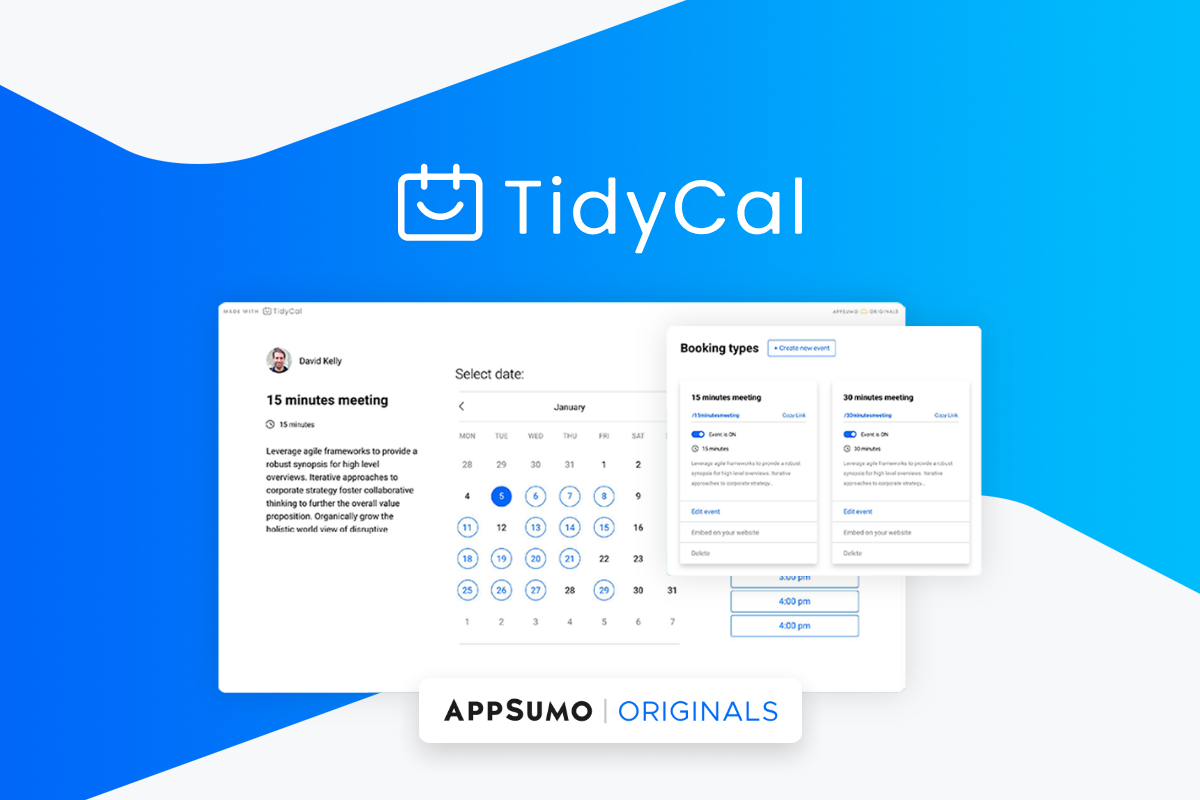- Benmore Brief
- Posts
- Modern Methods to Raise Money for a Tech Startup.
Modern Methods to Raise Money for a Tech Startup.
As the tech industry continues to evolve rapidly, so have methods for fundraising. Discussed below, a founder can utilize startup competitions, startup accelerators, and value-aligned investors to raise capital pre-product.
Table of Contents
This article was manually written. No AI.
Benmore’s founder tools of the week:
Check out these tools to supercharge your growth.
“The easiest way to make 10 million dollars is to own 100% of a 10 million dollar company, not owning 1% of a billion dollar company”
The quote above is one that I stumbled upon a while ago while looking through an entrepreneurial subreddit. Posted by an anonymous user, I think it’s completely true.
Equity is king. Equity determines who owns your company, equity can determine who makes decisions for your company, and, importantly, equity determines how much money you can raise and, in turn, how much money you’re worth.
However, as systems to make applications continue to optimize, and application development timelines go from years to months; the funding landscape for founders has evolved.
The traditional method for scaling a startup: Big Invest.
First, let’s outline the traditional methods used in recent years for hyper scaling a startup.
Essentially, in a very non-granular explanation, most tech start ups will go through various funding rounds. Typically starting with a friends and family round, moving to pre-seed, seed, series A, B and so on until there is an exit.
An exit is an IPO or a buyout in which the owners of the company realize their gains in the company via a cash/stock buyout or through publicly traded stock.
Along the way more and more of the company’s ownership is given to institutional investors in exchange for liquid capital. This can create an environment in which founders can get caught up in their next funding round or exit rather than focusing on core business fundamentals.
However, this model works, and has proven to produce many of the tech behemoths that you hear about today; but it’s also important to understand the methodology from the investors perspective.
Related reading: https://visible.vc/blog/startup-funding-stages/
Roll the dice, then roll it again, and again.
Approximately 75 percent of venture-backed startups fail—the number is difficult to measure, however, and by some estimates it is far greater.
Elizabeth Pollman, professor of law and co-director of the Institute for Law and Economics at the University of Pennsylvania Carey Law School in Startup Failure, Duke Law Journal, Vol. 73, p. 327, 2023.
VCs, angel syndicates, and other investors know they’re placing bets on high growth companies, or sometimes entire industry sectors. They’re looking for a small percentage of their investments to skyrocket and offset their failures. Importantly, though, a small percentage.
Now, this isn’t to say that if you raise 100M and have a billion dollar company you’ll be left empty handed but you may be forced to sell your company and you could be pushed out.
It’s also important to note that, according to fundera.com, only .05% of startups raise venture capital.
Regional plays.
Lastly, when it comes to institutional investments, the different types of funds you’re going to be targeting also plays a role.
We had the opportunity to discuss the regional differences of fundraising with our friend Jack Frisbie, Director of Real Estate at Noble Gas + EV.
Frisbie deals with fundraising from institutional investors for his firm’s gas and EV stations, and he brought some interesting points to light.
East Coast firms are going to be more focused on projections and cost analysis investments, while West Coast firms want to hit big on a company with a vision to change the market and make a big impact.
Related reading: https://papers.ssrn.com/sol3/papers.cfm?abstract_id=4535089
Benmore Knowledge Plug 💡: A Freight Sized Failure
One monumental failure of rapid investment into a tech company is the story of “The Uber of Trucking”.
We first learned about the story of Convoy working on a couple projects in the logistics space and are still astonished that the story is not well known. We’ve attached a great article outlining the fallout below if you’re interested.
Line goes up: a modern approach to funding an application.
Now, using what we understand from the traditional methods for fundraising, let’s discuss some modern methods to raise money.
The plight of the modern founder.
As a modern tech founder, you’re stuck between a rock and a hard place when it comes to raising money. Traditional methods, like a small business loan, will look for a semi-established business to lend to. Meaning you need to show a track record of revenue and returns in most cases.
Additionally, going the VC route, you’re also going to need to show some sort of traction to attract investors to kick start things.
Alternatively, you can go a hard tech route (making something game-changing that requires a lot of capital to kickstart ex. SpaceX) but, in that case, your team and industry experience will be scrutinized and you’ll often need sales letters of intent to prove demand.
Y Combinator video on hard tech: https://www.youtube.com/watch?v=C1DlZWfI6rk
Sprint to value.
That being said, if you want to raise money, it’s a race to generate traction (revenue, user growth, etc.) Most of the time, you’re going to have to self fund the application until you can put together metrics that make sense for raising capital, or keep the cash flow to recoup your original investment. However, there are alternatives to get the funds you need to race to this traction that allow you to hold on to as much equity as possible.
Method 1: Competitions
Are you great at public speaking? Can you put together a great pitch deck? Well, look no more because startup competitions are here!
No, but really, a couple of Benmore’s clients have leveraged competitions to raise money for developing an MVP. Most notable was Astra Wellbeing, who has raised over 50k, equity free, from winning startup competitions. This gave them the runway needed to develop and iterate their MVP.
Method 2: Accelerators
Similar to competitions, startups can apply to accelerators to get some initial funding. There has been a massive boom with startup accelerators, most notably with companies like Y Combinator, Tech Stars, and MassChallenge.
In exchange for a small amount of equity (typically around 5%), accepted startups get anywhere from 50-500k of funding to develop their MVP.
The big names, like Y Combinator, get tons of applications and have an extremely small acceptance rate, but we recommend checking out smaller accelerators like 1871.com in Chicago.
Importantly, these accelerators oftentimes introduce founders to a network of VC’s, other founders, and prospective clients. They also provide workspaces and credits to utilize their partner’s products (like 10k of hosting credits to Azure).
Method 3: Values-Aligned Investments
Oftentimes, your application idea falls into a specific industry or niche. There’s always a big player that may want to support your solution if it promotes a value that they align with.
For example, let’s take the aviation industry. Let’s say you developed an app that would optimize the use of airplane hangar space by algorithmically routing planes to available hangers. This reduces the carbon emissions of aircrafts by 5% because they no longer have to taxi to the gate and to the hangar as much.
Now, you may want to look to a large player in aviation, say a non-profit supporting a green movement in aviation, to support and co-sign your idea. They may also love the solution so much that they infuse you with a 50k grant to get the project started.
Now, the above is hypothetical, but I encourage you to read the below article that fleshes out the concept further.
How Benmore’s Process Accommodates Funding.
At Benmore, we’ve taken startups from idea to funding and have become familiar with the process. We understand how difficult it is to raise money and we have set up our process to mirror the journey.
Our Mission:
To develop an MVP for you that can gain traction and attract funding. Post-funding, we aim to assist your company with staff-augmentation, consulting, and support services.
Our Process:
We focus on a leveled process here at Benmore. There are multiple breakpoints throughout our development process that are implemented to provide accurate timelines, deliverable audits, and satisfaction checks.
Furthermore, we emphasize a transparent relationship that encourages daily communication, in-process access to deliverables and code, and weekly checkins.
The Levels:
Level 1: Discovery - Duration: ~1 month
Throughout this 1 month process, we research and validate your idea, develop design prototypes of the core components of your app, and deliver technical documentation that outlines the blueprint for your MVP.
The goal here is to materialize and plan your idea in a low cost package. You get your idea validated, get design prototypes, and a plan of attack for development.
Level 2: Develop and Deploy - Duration: 2-6 months
Following the discovery phase, we assign a product owner and a developer to work on your application. These team members are in direct contact with you, meaning you can ask them questions at any time. We encourage rapid communication development and mandate that our team sends you an update daily.
Following the completion of the application, we deploy the application, deliver a project report, and start discussing support.
Level 3: Support
As you aim to gain traction for your application, we offer ad-hoc support as necessary. This is typically billed on an hourly basis if you require additional feature enhancements or development.
We want to keep your costs low, hence hourly billing; but if you require full time or part time support we can also accommodate that by assigning a dedicated team member.
Level 4: Scale
Typically after funding, you’re going to need to scale your team. We offer staff-augmentation services and can place full time team members and managers to hyperdrive the growth of your team. As you start to bring on internal team members, we can ensure that company culture is aligned, processes are followed, and communication is standardized.
Want to learn more? Book a free consulting call:
Was this article helpful? |





